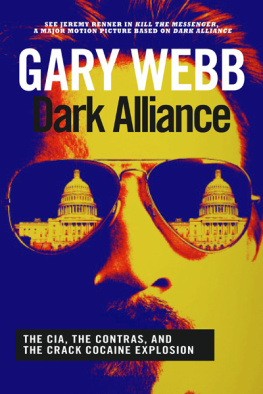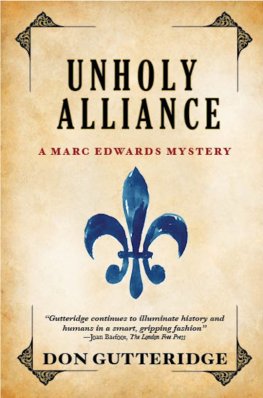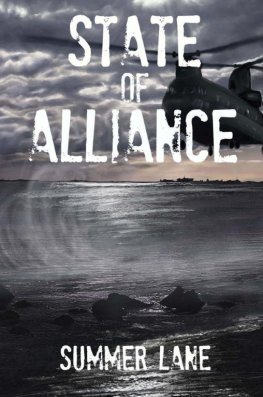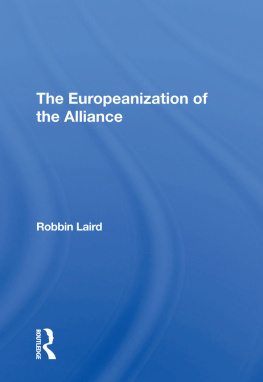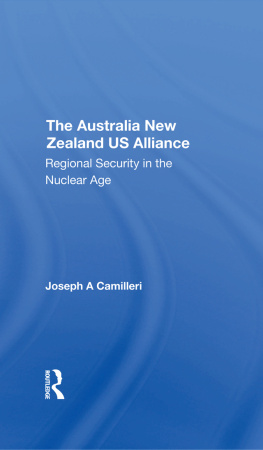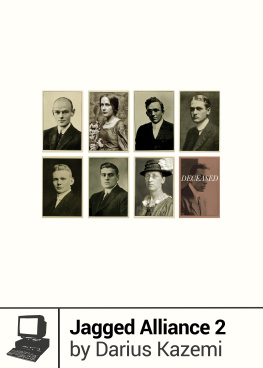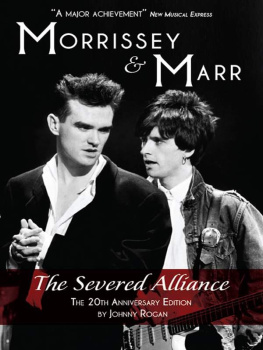
Acknowledgments
I am forever indebted to my friend and colleague Georg Hodel, who helped me chase this epic through Central America at immeasurable risk to both himself and his family in Nicaragua. His persistence, his wisdom, and his courage were a constant inspiration, and a melancholy reminder of just how far from the path of righteousness corporate American journalism has wandered.
Another journalist to whom I owe a special debt is Nick Schou of O.C. Weekly, who put the L.A. Times to shame with his reporting, and was very generous with his time and his discoveries. Pam Kramer of the San Jose Mercury News Los Angeles bureau was a joy to work with as well, being smarter (and braver) than almost every other reporter I know.
In the 1980s and early 90s, a number of journalists began unearthing parts of this skeleton bone by bone. My investigative predecessors are also owed thanks, not only for their thoughts and in some cases their files, but for their courageous work in helping to bring this story to light: Tony Avirgan, Brian Barger, Dennis Bernstein, Alexander Cockburn, Leslie Cockburn, Sally Denton, Brian Donovan, Guillermo Fernndez, Martha Honey, Peter Kornbluh, Jonathan Kwitny, Jonathan Marshall, John McPhaul, Jefferson Morley, Roger Morris, Micah Morrison, Robert Parry, Seth Rosenfeld, Peter Dale Scott, Josiah Thompson, Douglas Vaughan, and David Umhoefer. Patriots all.
Thanks much to David Paynter and Elizabeth Lockwood of the National Archives in College Park, Maryland, who unfailingly answered my Freedom of Information Act (FOIA) requests within ten days and patiently searched the Walsh databases for needles in haystacks. I am also grateful to the many cheerful librarians at the California State Librarys Government Publications Section in Sacramento, particularly senior librarian Deborah Weber, who taught me the wonders of the FBIS microfiche.
John Mattes, Jack Blum, and Jon Winer of the Kerry Committee staff were extraordinarily helpful, and one day, I am sure, they will be hailed for the remarkable service they rendered to the American public under very trying circumstances.
The efforts of my agent, Flip Brophy, are much appreciated, though Im sure her self-esteem will never recover from the torrent of rejections. I am also beholden to my fearless publisher, Dan Simon, and the folks at Seven Stories Press for their faith and patience.
Finally, I would never have been able to write this book and survive these past few years without the love, support, and understanding of my wife, Sue, and our children, Ian, Eric, and Christine. Youre the best.
G.W.
Sacramento, March 1998
DARK
ALLIANCE
The CIA, the CONTRAS, and the CRACK COCAINE EXPLOSION
GARY WEBB
SEVEN STORIES PRESS
New York
TO SUE, WITH LOVE AND THANKS
Copyright 1998, 1999 by Gary Webb
Foreword 1998 by Maxine Waters
All rights reserved. No part of this book may be reproduced, stored in a retrieval system, or transmitted in any form or by any means, including mechanical, electric, photocopying, recording, or otherwise, without the prior written permission of the publisher.
Seven Stories Press
140 Watts Street
New York, NY 10013
www.sevenstories.com
College professors may order examination copies of Seven Stories Press titles for a free six-month trial period.
To order, visit www.sevenstories.com/textbook or send a fax on school letterhead to (212) 226-1411.
Book design by Cindy LaBreacht
Webb, Gary.
Dark alliance: the CIA, the contras, and the crack cocaine explosion / Gary Webb.
p. cm.
ISBN 978-1-888363-68-5
ISBN 978-1-60980-621-7 (pbk)
E-ISBN 978-1-60980-202-8 (e-book)
1. Crack (Drug)CaliforniaLos Angeles. 2. Cocaine habitCaliforniaLos Angeles.
3. CounterrevolutionariesNicaragua. 4. United States. Central Intelligence Agency.
I. Title
| HV5833.L67W43 1998 |
| 363.45'09794dc21 | 97-52612 |
| CIP |
Printed in the USA.
PART ONE
A pretty secret kind of thing
I n July 1979, as his enemies massed in the hills and suburbs of his doomed capital, the dictator huddled in his mountainside bunker with his aides and his American advisers and cursed his rotten luck.
For the forty-six years that Anastasio Somozas family had ruled the Republic of Nicaragua, the Somozas had done nearly everything the U. S. government asked. Now, after all his hard work, the Americans wanted him to disappear. Somoza could barely believe it. He was glad he had his tape recorder going, so history could bear witness to his cruel betrayal.
I have thrown many people out of their natural habitat because of the U.S., fighting for your cause ... so Somoza told U.S. ambassador Lawrence Pezzullo. I threw a goddamned Communist out of Guatemala, he reminded the ambassador, referring to the role the Somoza family had played in the CIAs overthrow of a liberal Guatemalan government in 1954. I personally worked on that.
When the CIA needed a secret base to prepare for the Bay of Pigs invasion, Somoza couldnt have been a more gracious host. The U.S. called me, and I agreed to have the bombers leave here and knock the hell out of the installations in Cuba, Somoza stormed, like a Pearl Harbor deal. In 1965 hed sent troops into the Dominican Republic to help the United States quell another leftist uprising. Hell, hed even sent Nicaraguans off to fight in Vietnam.
And now, when Somoza needed help, when it was his soldiers who were locked in a life-and-death struggle with Communist aggressors, the Americans were selling him outall because of some nonsense about human rights violations by his troops.
It is embarrassing for you to be good friends with the Somozas, the dictator told Pezzullo sarcastically. Somoza then tried his trump card: If he went, the Nicaraguan National Guard, the Guardia, would surely be destroyed. The Guardia, as corrupt and deadly an organization as any in Central America, served as Somozas military, his police, and his intelligence service.
Somoza knew the Americans would be loath to let their investment in it go to waste. They had created the Guardia in the 1930s and nurtured it carefully since, spending millions of dollars a year supplying weapons and schooling its officers in the complex arts of anticommunism.
What are you going to do with the National Guard of Nicaragua? Somoza asked Pezzullo. I dont need to know, but after you have spent thirty years educating all of these officers, I dont think it is fair for them to be thrown to the wolves.... They have been fighting Communism just like you taught them at Fort Gulick and Fort Benning and Leavenworthout of nine hundred officers we have, eight hundred or so belong to your schools.
Pezzullo assured Somoza that the United States was willing to do what we can to preserve the Guard. Putting aside its international reputation for murder and torture, Pezzullo recognized that the Guardia was a bulwark against anti-American interests and, as long as it existed, could be used to keep Somozas successorswhoever they might bein line. We are not abandoning the Guard, he insisted. We would like to see a force emerge here that can stabilize the country. But for that to happen, Pezzullo said, Somoza and his top generals needed to step down and give the Guardia a clean break from its bloodstained pastbefore the Sandinistas marched in and it became too late to salvage anything. To make the break now. It is a hell of a mess, Pezzullo said sympathetically. Just sitting here talking to you about it is strange enough. We are talking about a break.
Next page
